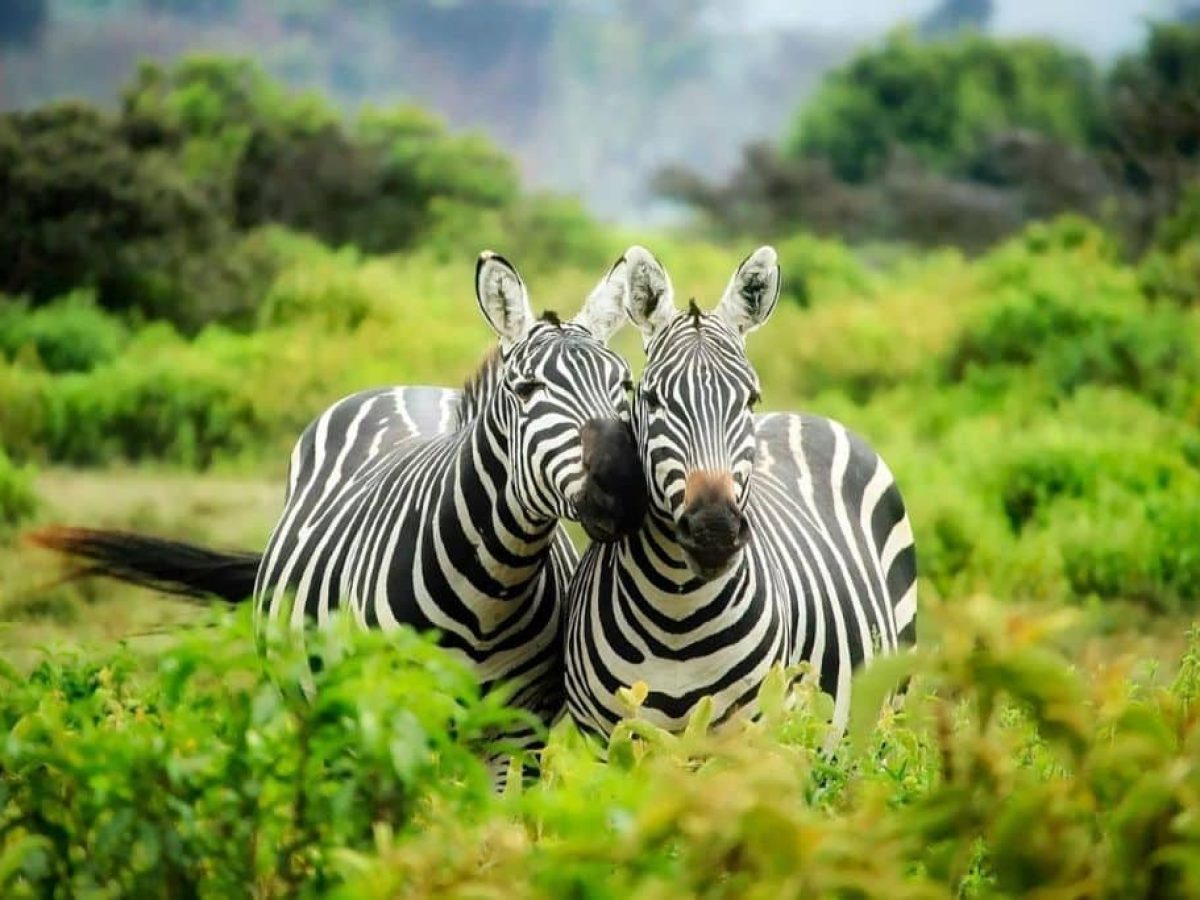Zebra
Scientific Names:
Plains Zebra: Equus quagga
Mountain Zebra: Equus zebra
Grevy's Zebra: Equus grevyi
Family: Equidae
Order: Perissodactyla
Physical Description
Size: Depending on the species, zebras range in body length from 2 to 2.5 meters (6.6 to 8.2 feet), with shoulder heights from 1.1 to 1.5 meters (3.6 to 4.9 feet).
Weight: They typically weigh between 200 and 450 kilograms (440 to 990 pounds).
Appearance: Zebras are best known for their black and white stripes, which are unique to each individual. The patterns may serve several functions, including camouflage, temperature regulation, and social cohesion.
Habitat and Distribution
Habitat: Zebras inhabit a range of environments including grasslands, savannas, woodlands, mountainous areas, and coastal hills.
Distribution:
Plains Zebras are the most common and geographically widespread, found throughout East and Southern Africa.
Mountain Zebras are found in Southwestern Africa, mainly in mountainous and rocky environments.
Grevy's Zebras are the rarest species, found in arid grasslands of Kenya and Ethiopia.
Behavior
Diet: Zebras are herbivorous, primarily grazing on grasses, but they also eat leaves, bark, and stems depending on the availability.
Social Structure: Zebras are highly social. Plains zebras live in large groups called harems, which consist of one stallion, several mares, and their young. Grevy's zebras have more fluid associations, while mountain zebras form smaller, more stable groups.
Reproduction: Mares typically give birth to a single foal after a gestation period of about 12 to 14 months. Foals can stand and run shortly after birth, which is crucial for escaping predators.
Conservation Status
Threats: The main threats to zebras include habitat loss due to human encroachment, competition with livestock for resources, hunting for their skins, and predation by lions and hyenas.
Conservation: Plains zebras are classified as near-threatened, mountain zebras as vulnerable, and Grevy's zebras as endangered on the IUCN Red List. Conservation efforts involve habitat protection, anti-poaching measures, and some captive breeding programs.
Interesting Facts
Zebras' stripes may confuse predators by distorting distance at dawn and dusk, or they might dissuade insects that recognize only large areas of single-colored fur.
Zebras are capable of running at speeds of up to 65 kilometers per hour (40 miles per hour) to evade predators.
They have excellent eyesight and hearing, which are essential for early predator detection.

Комментарии
Отправить комментарий